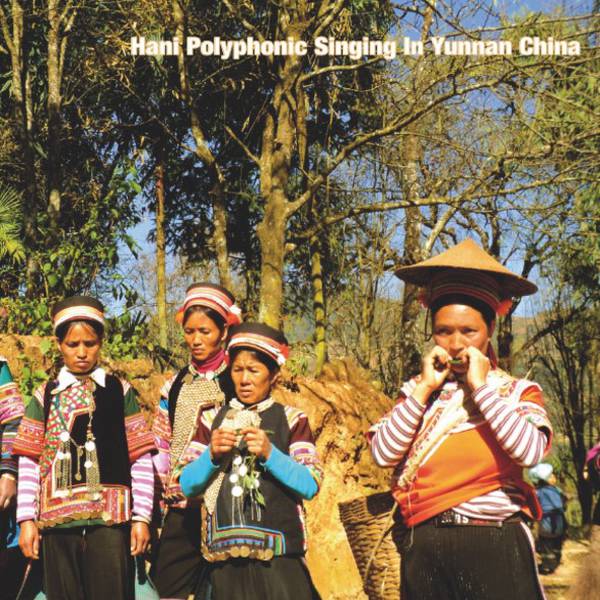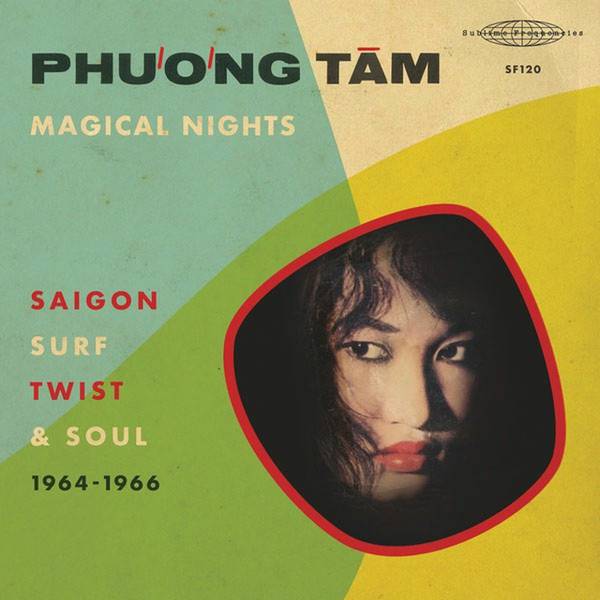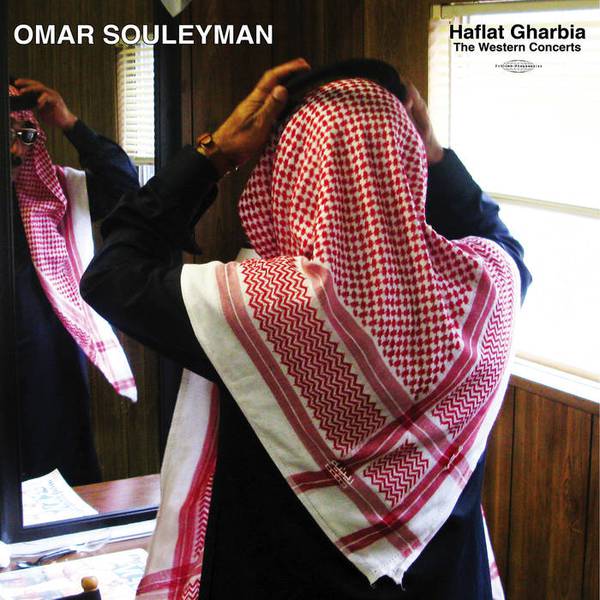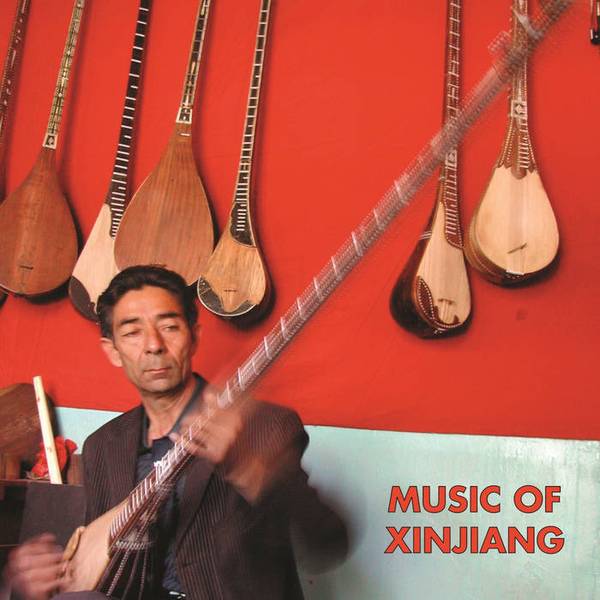
Tax included, Shipping not included
Having returned to China in 2006, from Vietnam to the southern Chinese province of Yunnan, in Kunming I heard about Zhang Xin Rong a local ethnomusicologist, he had released a box of 10 cds with his recordings of ethnic minorities of Yunnan. First I could. not find this box, but unofficial cd copies in a shop next to university, it s only in 2007 that I went with my Chinese girlfriend Shi Tanding to visit the retired university Professor Zhang Xin Rong at home in Kunming. He was probably one the very few Chinese academic appointed by the Chinese authorities of Musicology in the 1980s, his wife was shooting film while he was recording with a cassette player… then got funded to bring various ethnic minorities musicians to a studio in Kunming, where he did the recordings of the sublime HANI polyphonic ensemble in 1995, I was blown away by a 12 minutes track called WU CHU ACI, where voices pile up to create a contemporary avant-garde vocal fusion with a strangely instrumental Japanese touch.
We had just returned from a trip in Azhahe, Honghe county of southern Yunnan (60km away from Vietnamese boarder) where we recorded NISU and YAO, but run out of time and energy to visit the Hani in the same area, well known to tourists for their magnificent terraced rice paddies. The Hani villages were really hard to reach, meaning hours or days of walking up and down those rice terraces landscape, I slipped, fell down and broke my computer, so we went back to Kunming and met professor Zhang.
In 2010 I was contacted by the prestigious French cultural organisation <Maison des cultures du monde> in Paris, they were looking for Yunnan minorities musicians and I suggested that we go to the Azhahe area of southern Yunnan, it resulted in escorting Pierre Bois of MCM and Zhang Xin Rong during the Chinese New Year of 2011 to find NISU and HANI musicians, they all came by foot from their villages to meet in Azhahe small town where we recorded them in a near by bamboo forest. It was planned that the HANI and NISU musicians would come to perform in Paris, but it never happened, due to MCM financial restrictions.
The HANI are linguistically derived from the YI branch of the Tibeto-burmese, are a million and half in the southern part of Yunnan above Laos (Phongsaly) and Vietnam (Dien Bien) where smaller Hani communities also live. The AKHA visible in touristic Thailand are also a HANI subgroup. Here in the mountains of Azhahe
The musicians and singers are from the branch of the BAINA HANI from Pushun village, Luomo, Azhahe south of Honghe, including 7 women singers who also use BABI (single tree leaf ) and MEPA ( rolled up tree leaf in a shape of a horn or mirliton ) : JA JINU 35 years old, BEN YASEN 40, MA SI SO 50, LI YI NIE 38, TSEI YOSO 31, LI CHUYO 40, SENG SI SO 54. The men: CHENG KESA 54, NO MISE 54 and CAI SHI NYANG 47 years old are using a CHIWO (a 3 stringed bowed instrument), a LABI (a 6 holes bamboo flute), a LAHE (a 3 stringed small lute) and a MEBA (a vertical reed instrument).
note: all names of instruments are in Hani language.
As with many other ethnic groups of the area, an original traditional singing pattern is used , each singer is adapting the words to the context. Many of these songs express intimate strong emotions that bring tears to the performers, while they are singing. The choir that gather all singers at the same time is a very unique style of vocal polyphony or heterophony ? I let the specialists Pierre Bois of MCM and Zhang Xin Rong argue about it .
I wished I had the opportunity to witness the real transplanting rice song happening in the terraced rice fields, when the men harrow with a buffalo and the women transplant the seedlings; but I did not and maybe this kind of agricultural ritual is not being performed anymore and has just turned into a musical performance ? Anyway one of the best performances I ve been able to record in China. The Chorus gathering 9 voices (7 women and 2 men) includes some syllables with no meaning, but most of the time its a responding emulating song between the farmers encouraging each others, the feet in the mud, this working song encourages the hard work in the busy transplanting season, the 3rd lunar month of the year.
A1 WU CHU ACI (RICE TRANSPLANTING SONG)
A2 AZHA TSE (SONG TO GATHER FOOD FOR THE PIGS)
A3 TUDZA (INSTRUMENTAL WITH CHOIR AT THE END)
B1 SHA TSI GU (NOSTALGIC SONG ABOUT GETTING OLD)
B2 BIA TSA TSA (SONG OF THE BEE)
B3 IYU GU (RESPONDING COURTING SONG IN THE MOUNTAIN)
RECORDED BY LAURENT JEANNEAU
with ZHANG XIN RONG, PIERRE BOIS, LUCILLE ENEL
IN AZHAHE HONGHE YUNNAN CHINA IN FEB 2011
Details
Release Date
12.09.2023
Cat No
SF123
Produkt- und Herstellerinformationen





